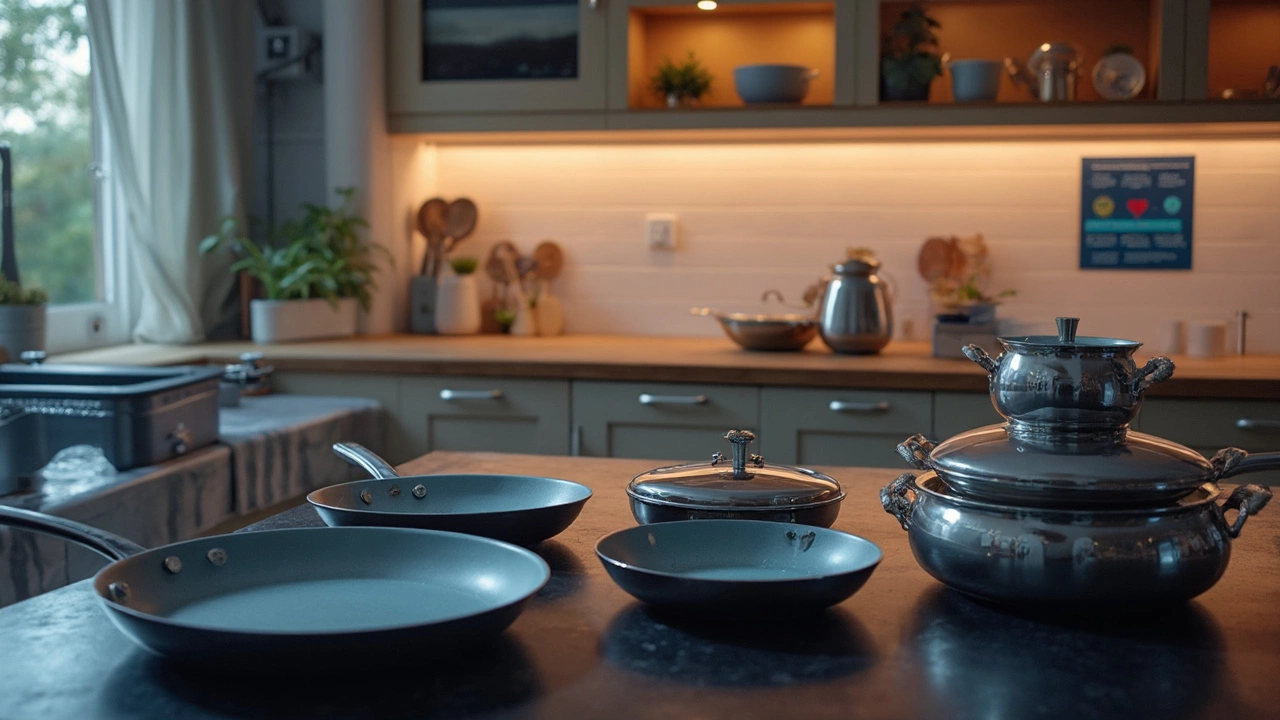Health Concerns at Home: Practical Tips for a Safer Space
Ever wonder how the little things you use daily can impact your health? From the bathroom roll to the kitchen wipes, the right choices can cut down germs, allergens, and irritation. Let’s break down what matters and how you can upgrade without breaking the bank.
Why Everyday Items Matter
Most of us treat tissue and paper products as disposable after one use, but they do more than just soak up spills. Poor‑quality paper can shed fibers, trigger dust allergies, and even spread bacteria if it’s not strong enough to trap moisture. On the flip side, a soft, absorbent towel can keep surfaces dry, stopping mold before it starts.
Allergies often hide in the corners of our homes. When you sweep or wipe with a rough, low‑grade paper, tiny bits fly into the air and settle on furniture, bedding, and even your breathing space. Over time that dust can cause sneezing, itchy eyes, and worse for people with asthma.
Another hidden risk is cross‑contamination. Using the same rag for the bathroom and the kitchen spreads germs from one area to another, especially if the material doesn’t dry quickly. Choosing single‑use, high‑absorbency tissues eliminates that risk and keeps each room’s cleaning routine separate.
Easy Changes with Tissue Products
Switch to premium, sustainably sourced tissues that are both strong and gentle. Look for products labeled “hypoallergenic” or “low‑lint” – they release fewer fibers and are kinder to sensitive skin. Impact Tissue’s range includes kitchen rolls that lock in moisture, reducing the chance of bacterial growth.
Keep a stash of disposable, biodegradable wipes for quick bathroom clean‑ups. They’re designed to break down in landfill, so you’re not adding more plastic waste while you protect your health. A simple wipe after a shower removes excess moisture that could otherwise foster mold on tiles.
Don’t forget the bedroom. A thin, breathable sheet over your mattress protects against dust mites. Pair it with a high‑quality pillowcase that lets air flow, and you’ll notice fewer nighttime sneezes. Changing these items every few weeks keeps the allergens at bay.
For pet owners, a dedicated pet‑friendly tissue can catch fur and dander before it spreads. Choose one with a tighter weave to trap hair instead of scattering it across the floor. It’s a small step that makes a big difference for allergy sufferers.
When you need to wipe down surfaces, use a dry, lint‑free tissue first to pick up loose particles, then follow with a damp, eco‑friendly cloth. This two‑step method prevents smearing germs and ensures a truly clean finish.
Ventilation matters too. Even the best tissue can’t fight humidity on its own. Open a window or run a fan after using wet wipes in the kitchen. Fresh air dries out any remaining moisture, cutting the growth of mold and mildew.
Finally, keep an eye on product labels. Some cheap tissues contain fragrances or chemicals that may irritate skin or eyes. Opt for unscented, plant‑based options to avoid hidden irritants.
By swapping out a few everyday paper items for higher‑quality, eco‑friendly choices, you reduce allergens, block germs, and create a healthier home environment. It’s a simple upgrade that pays off in cleaner air, fewer sniffles, and peace of mind.
Are Non-Stick Pans Still Unhealthy?
Non-stick pans have been a kitchen staple for decades, but are they still safe to use in 2025? This article explores the health concerns linked to non-stick cookware, tackles myths versus reality, and provides practical tips for safer cooking. Discover what materials to avoid and how modern technology is changing the game. Read on to ensure your kitchen stays both convenient and healthy.
